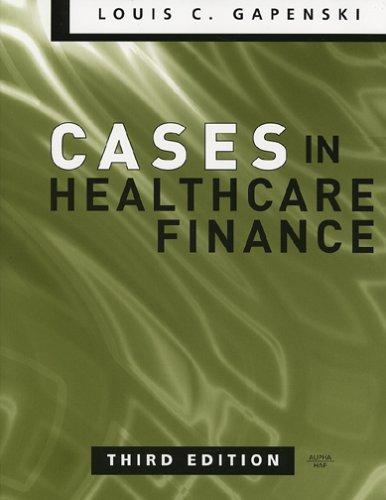V. Suppose that a person has a Bernoulli utility function u(x) = In 2x. His/her income is $40,000 in normal conditions. With probability 1/10 his/her income drops to $5,000 as a consequence of an accident. The person has the possibility to buy an insurance policy at a unitary price p = 0.2 (meaning that pis the price paid per unit of reimbursement received; in other words, if the person pays a premium pr to the insurance company, he/she will receive r from the insurance company in case the accident occurs). a) Assuming that the person can freely choose r, determine the opti- mal value for r (i.e. the value that maximizes the expected utility of the individual). b) Denote by y the individual's income in the "good" state of the world (when the accident does not occur) and by yo the individual's income in the "bad" state of the world (when the accident occurs). Calculate the value of the ratio y/y for the optimal value of r. c) Now suppose that the unitary price of the insurance is p = 0.22 (i.e. it is 10% higher than what was initially assumed). Find the new optimal value for r and calculate the value of the ratio y/y for the new optimal value of r. What is the percentage variation in y/y induced by the 10% increase in p? V. Suppose that a person has a Bernoulli utility function u(x) = In 2x. His/her income is $40,000 in normal conditions. With probability 1/10 his/her income drops to $5,000 as a consequence of an accident. The person has the possibility to buy an insurance policy at a unitary price p = 0.2 (meaning that pis the price paid per unit of reimbursement received; in other words, if the person pays a premium pr to the insurance company, he/she will receive r from the insurance company in case the accident occurs). a) Assuming that the person can freely choose r, determine the opti- mal value for r (i.e. the value that maximizes the expected utility of the individual). b) Denote by y the individual's income in the "good" state of the world (when the accident does not occur) and by yo the individual's income in the "bad" state of the world (when the accident occurs). Calculate the value of the ratio y/y for the optimal value of r. c) Now suppose that the unitary price of the insurance is p = 0.22 (i.e. it is 10% higher than what was initially assumed). Find the new optimal value for r and calculate the value of the ratio y/y for the new optimal value of r. What is the percentage variation in y/y induced by the 10% increase in p







